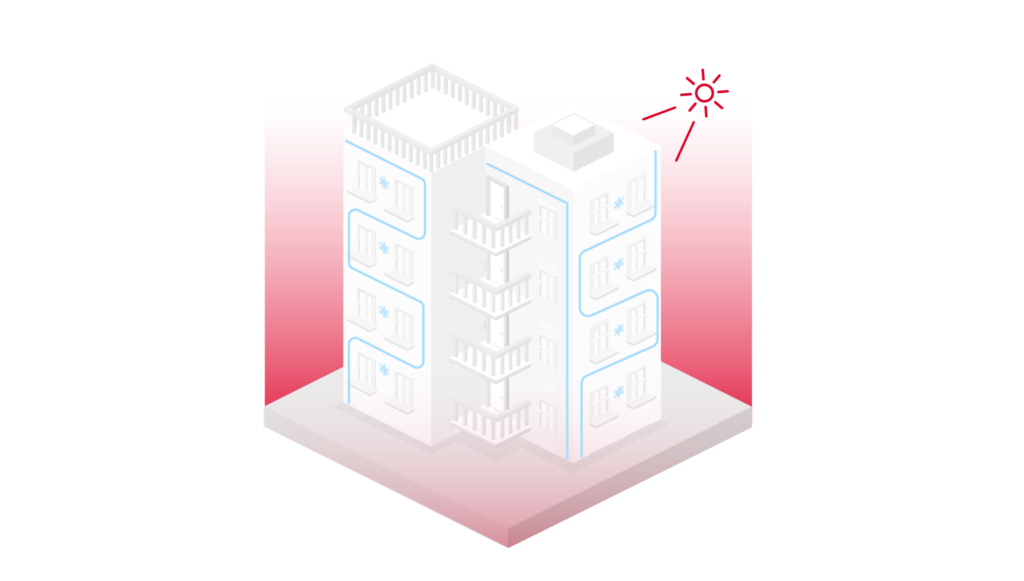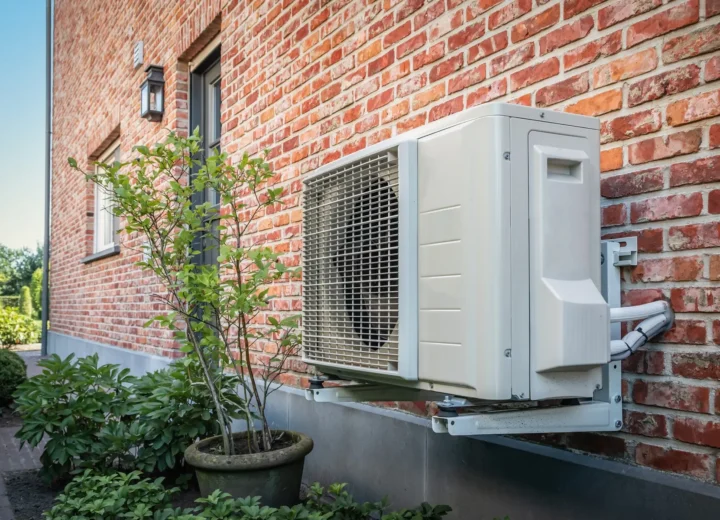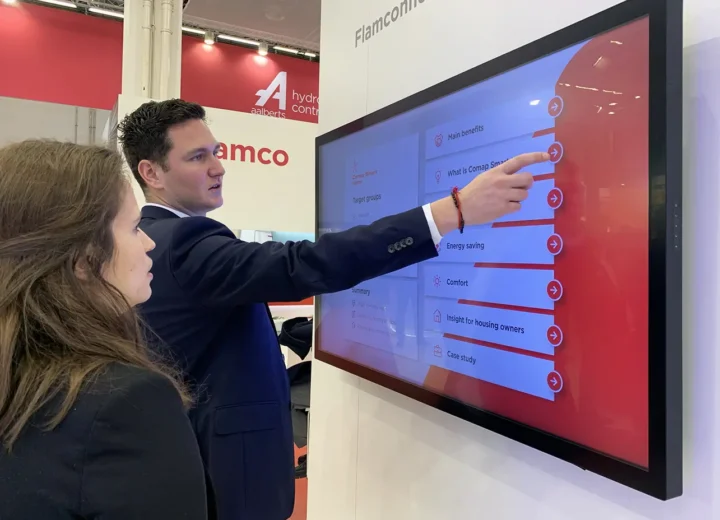The International Energy Agency (IEA) estimates that global demand for cooling in buildings will triple by 2050.1 However, the European Green Deal aims to limit energy consumption and greenhouse gas emissions. So what can we learn from the European Green Deal and other relevant legislation? What’s their impact on cooling systems and technologies?
What do the regulations say?
Reduce energy consumption
Energy consumption in buildings is calculated as a total, including both heating and cooling.
Air conditioning represents nearly 20% of the electricity used in buildings.2 So it’s a key element of energy consumption, which the European Green Deal aims to reduce by 40% by 2050.
Eliminate F-gas and limit greenhouse gases
According to a study by NREL and XEROX PARC, the energy used to run air conditioners releases 1,950 million tonnes of carbon dioxide each year. Cooling accounts for 531 million tonnes of this.
The goal is to have global greenhouse gas emissions and become climate neutral by 2050.
The European Commission has launched the “Fit for 55” package to reduce CO2 emissions by 55% (from 1990 levels) by 2030. The F-Gas Regulation, which has governed the use of F-Gas in the EU since 2007, will help achieve this target.3 It aims to gradually reduce the use of hydrofluorocarbons (HFCs or fluorinated refrigerants) until they are virtually eliminated by 2027.4
The refrigerant gases known could also contribute up to 0.4°C to global warming by 2100.5
Air conditioning restrictions in certain countries
Italy has passed a law banning air conditioning below 25 degrees in all public places, including government offices, schools, universities, and even some hotels.6 And in the summer of 2022, Spain mandated that all thermostats in public buildings be set no lower than 27 degrees.
In France, the government has asked offices and shops to keep their air conditioning at a minimum of 26 degrees.7
Promote renewable energies and a more sustainable industry
The European Parliament has set a target of 45% renewables in the overall energy mix by 2030.8 This means a benchmark of 49% renewable energy in buildings will be set.9
However, according to UNEP, climate-friendly and energy-efficient cooling solutions could avoid up to 460 billion tonnes of greenhouse gas emissions. The European Union is focusing on promoting decarbonised electricity and clean energy, with initiatives covering everything from climate solutions to mobility.
The key is not to cancel out heating savings in winter with increased consumption in summer!
| Good to know💡 |
|
Air conditioning vs. cooling
Air conditioning and cooling are two distinct techniques. The latter, while lesser known, is an increasingly popular option. Here’s an overview of the differences.
| Air conditioning | Cooling | |
| How it works | modifies, controls and regulates climatic conditions using air as a “calorific medium” | lowers the temperature to the optimum level for comfort and usage |
| Temperature drop obtained | up to 8°C | up to 4°C |
| Cooling speed | ++ | + |
| Silent | – | ++ |
| Prevents air movement | – | ++ |
The main advantage of a cooling system is that it acts on the building structure itself. This means that walls, ceilings, and floors don’t store heat — as they can with air conditioning.

Every surface (walls, ceiling, and floor) is cooled. The short- and long-term result is a cooler, more refreshing feel with no air movement.
Complementary solutions
Cooling systems can be combined with additional solutions for even greater efficiency, for example:
- east-west opening
- “greening” buildings
“The National Research Council of Canada has found that green roofs, i.e. roofs completely or partially covered with vegetation, can reduce summer cooling costs by up to 75 percent.10”
Mark Radka, Head of Energy and Climate, United Nations Environment Program (UNEP)
With the European Green Deal and other regulations restricting the cooling techniques we’re accustomed to, innovative approaches are more important than ever. If you want to contribute to limiting global warming, consider an improved cooling solution for your buildings!
Energy consumption is an essential indicator that building owners need to be able to monitor. You can significantly reduce consumption depending on the system you choose (high or low temperature).
1 Source: UNEP, Air Conditioners Fuel Climate Crisis. Can nature help?
2 Source: UNEP, Air Conditioners Fuel Climate Crisis. Can nature help?
3 Source: Calculcee, European F-Gas Regulation
4 Source: Calculcee, European F-Gas Regulation
5 Source: EGU, HFC emissions projections
6 Source: FranceInfo, Italy: new law to restrict air conditioning use
7 Source: FranceInfo, A/C temperature restrictions in France
8 Source: EuroParl, Parliament backs boost for renewables and energy savings
9 Source: European Commission, Delivering the European Green Deal
10 Source: UNEP, Air conditioners fuel the climate crisis. Can nature help?





